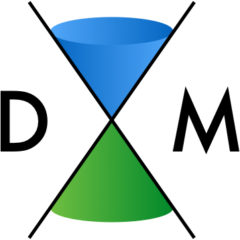Superconductivity is characterised by zero electrical resistance and the occurrence of the Meissner effect – expelled magnetic field – below a critical temperature. Conventional superconductors are well described by BCS theory in which electrons experience an attractive interaction that leads to the formation of Cooper pairs. These Cooper pairs are bosonic and can thus macroscopically occupy a single low-energy state that would be impossible for the unpaired electrons. Many superconductors are not well-described by BCS theory which relies on several particular conditions, although the electron pairing is assumed to be a general feature.
Due to the fermionic nature of electrons, the spatial symmetry (s-wave, p-wave, d-wave, etc.) of a superconducting gap is intimately related to the spin state (singlet or triplet) of the Cooper pairs making up the condensate. In the limit of equal-time pairing this relationship is quite simple, however, if the electrons are paired at unequal times the superconducting gap could be odd in time or, equivalently, odd in frequency, in which case the condensate could be even in spatial parity and spin triplet or odd in spatial parity and spin singlet.
In many high-temperature superconductors, the pairing is believed to occur due to the presence of a nearby magnetic phase that may partially overlap with the conditions that allow superconductivity. A similar situation may occur in strontium titanate where superconductivity occurs at unusually low carrier densities, and therefore with a low density of Cooper pairs.
Odd-frequency superconductivity: Most theories of superconductivity consider the limit of equal-time pairing, however, electrons may also be paired at unequal times which leads to superconducting gaps that can be odd in time or, equivalently, frequency.
Superconducting strontium titanate: SrTiO![]() is an unusual superconductor for two main reasons: low
is an unusual superconductor for two main reasons: low ![]() c. 0.4 K and low carrier concentrations. The origin of the superconducting pairing is unclear, and one possible source is the ferroelectric phonons in this quantum paraelectric.
c. 0.4 K and low carrier concentrations. The origin of the superconducting pairing is unclear, and one possible source is the ferroelectric phonons in this quantum paraelectric.
